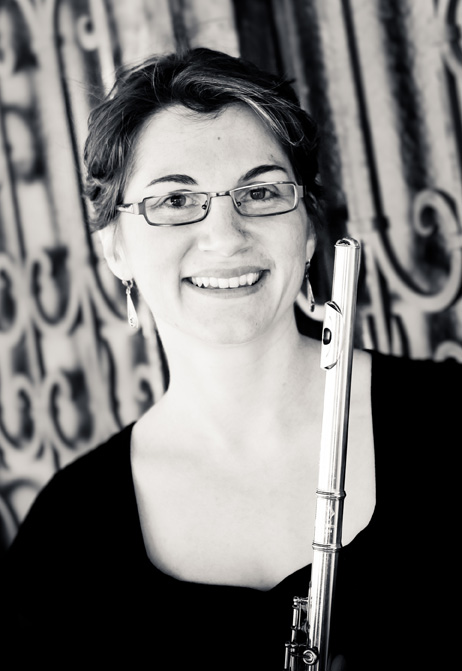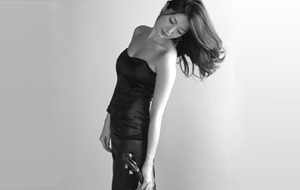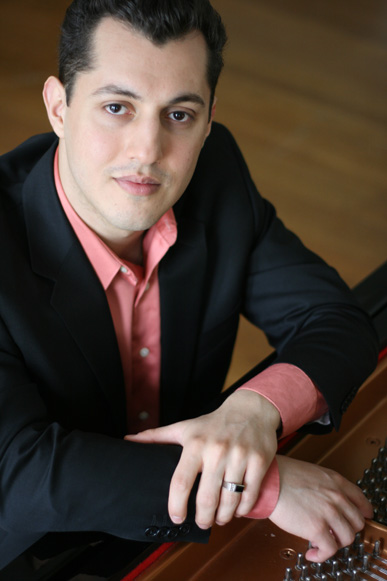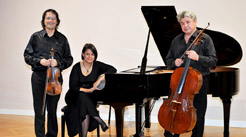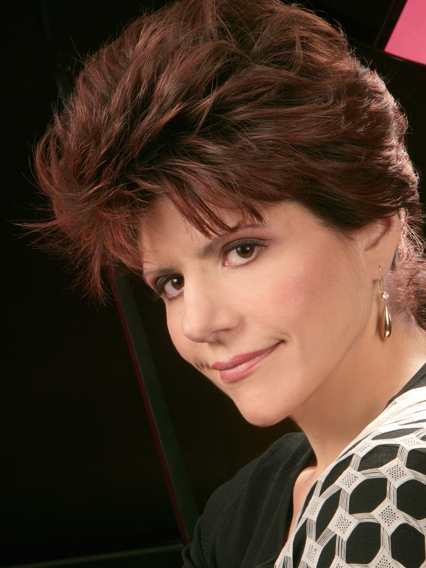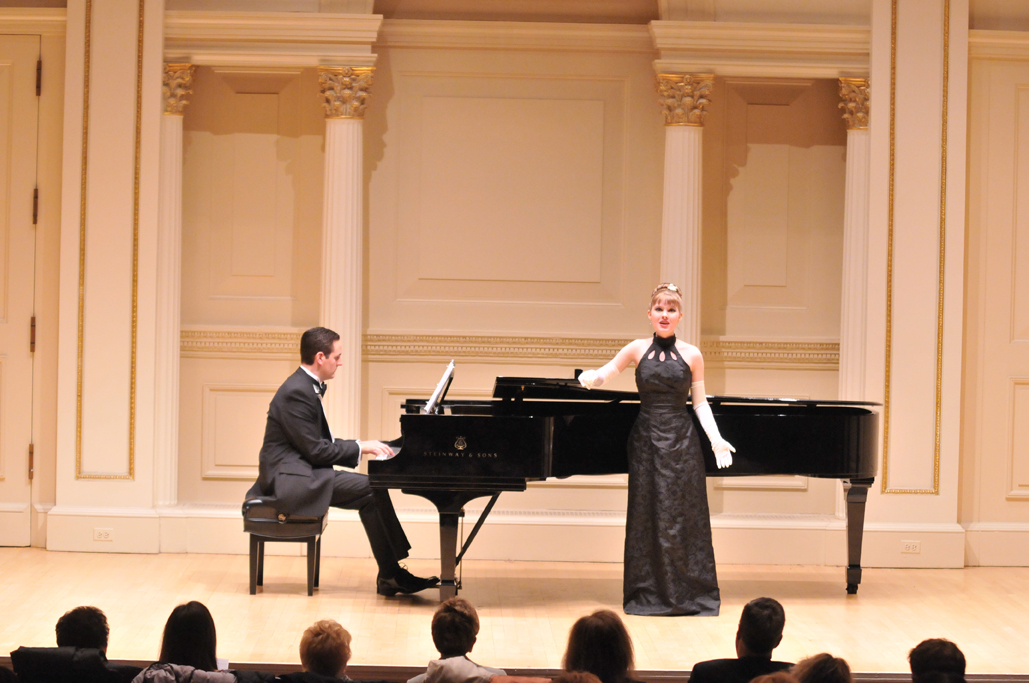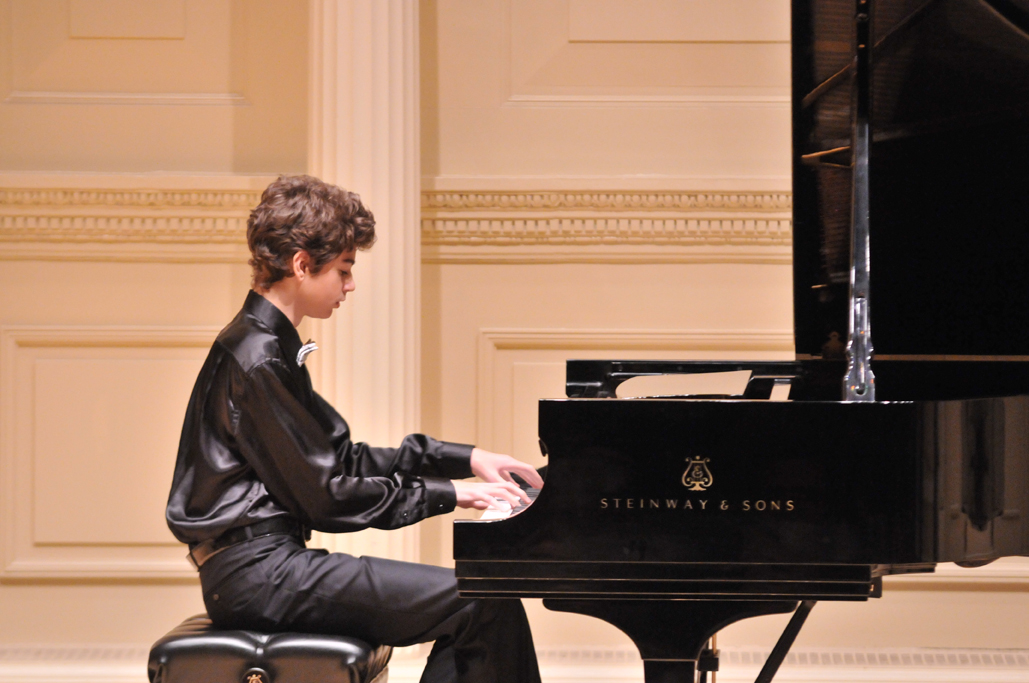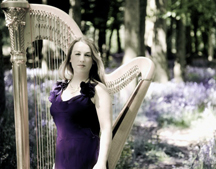If these four young musicians, selected by audition from the 500 music majors of Texas Tech University, are representative of its graduate students, the University can be proud of its Music School and the talent it attracts. Each performer presented a group of contrasting works, and all were daring enough to begin with a dazzling bravura piece.
Meg Griffith is an excellent flutist, winner of numerous honors and awards for her performances of Baroque and contemporary music, including first prize of the Chicago Flute Club National Chamber Competition and the Concerto Competition at Texas Tech. She is coordinator and assistant program chair of the National Flute Association’s 2011 Convention, and is currently a doctoral student as teaching assistant under Dr. Lisa Garner Santa at Texas Tech; her former teachers include Dr. Mary Karen Clardy, Prof. John Heiss, and Dr. Lee Lattimore. Partnered by pianist Lora Deahl (a faculty member), Ms. Griffith performed three works by composers from different countries and generations, all characteristic of their creators’ styles. The Scherzo for flute and piano by the Czech composer Bohuslav Martinu (1890-1959) was fleet and brilliant; written mostly in Martinu’s favorite stratospheric register, it sparkled with sunlit cheer. Playing at breakneck speed, Ms. Griffith combined easy facility with total control. Morceau de Concours by Gabriel Fauré (1845-1924) radiated calm serenity and impressionist colors, giving Ms. Griffith a fine opportunity to exhibit her beautiful, singing tone. In the Sonata Op. 23 by Lowell Liebermann (b.1961), she captured and brought out the contrasts between the slow, flexible first and the fast, vigorous second movements.
Elizabeth Hott, with pianist Regina Shea, displayed a powerful coloratura soprano and much charm in a brilliant aria from a Rossini opera, and the “Jewel Song” from Gounod’s “Faust.” They flanked “The Wind,” by Samuel Adler (b. 1928), and two mournful, lyrical Schumann songs on Goethe poems (better known in Schubert’s settings). Ms. Hott sang all these works in the original languages.
Playing with a pure, mellow tone and astonishing agility, Bill Waterman made a strong case for the tuba as a solo instrument. In Encounters II for solo tuba by William Kraft (b. 1923), the tuba’s lowest and highest registers engaged in a spirited exchange. Pianist Susan Wass joined Mr. Waterman for the bleak, gloomy slow movement of the Tuba Concerto “War and the Rumors of War” by Barbara York (b. 1949), and Walter Hilgers’ arrangement of that popular violin showpiece, Monti’s Czardas. Ill-suited to the tuba, it inevitably lacked the lightness of the original, despite Mr. Waterman’s virtuosity.
Pianist Ji Yang, a teaching assistant at the University, performed Lowell Liebermann’s Gargoyles Op. 29, and the Toccata Op. 155 by York Bowen (1884-1961). Played to the hilt for bravura and powerful sonorities, they made an enormously effective ending.
Today, it is quite customary to play from the score, especially in new music, but performers should be aware that, if they place their music stands directly in front of them, the audience cannot see them and some of their sound is cut off.
The printed program gave no information about the accompanists, who were excellent and deserved more credit.

